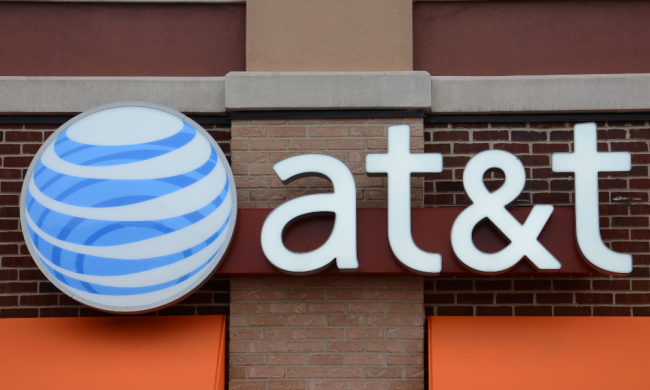
Massive MIMO (short for multiple input, multiple output) is a radio technique that uses multiple antennas to boost signal speed. It’s not exclusive to 5G, per say — some high-end phones and Wi-Fi routers already support it — but it’s critical in urban environments, where hundreds (and even thousands) of tightly packed subscribers compete for high-speed data. Using a technique called beamforming, which focuses and transmits cell signals to targeted locations, MIMO-enabled radios are able to deliver relatively consistent quality of service to all devices on a given network.
Entire industries stand to benefit — at least in theory. Cars, Internet of Things (IoT) products, and even virtual and augmented reality headsets enabled with 5G will deliver faster, more reliable experiences than the 4G devices of today. And cloud-powered storage like iCloud and Google Drive could become speedy enough to replace physical hard drives.

Sprint’s brand of MIMO consists of eight transmitting antennas and eight receiving antennas for a total of 16, a configuration it calls 8T8R. In its collaboration with Samsung, it compared the performance of 8T8R, which it’s deployed across its network, to Samsung’s massive MIMO radios. During field testing in Suwon, technicians measured speeds of 330Mbps per channel — about four times the capacity and three times the cell edge performance compared to current radios.
Going forward, Sprint plans to deploy upgraded 64T64R (64 transmit, 64 receive) antennas across its network, which the carrier expects will achieve speeds “well beyond” 1Gbps. In addition, it will partner with Samsung on massive MIMO network infrastructure, network design, operation, data collection, and processing.
“The testing in South Korea is an important step towards deploying massive MIMO in our U.S. network where it will be a key element of LTE Plus as well as 5G,” Günther Ottendorfer, Sprint’s chief operating officer, said in a statement. “Massive MIMO is a tremendous differentiator for Sprint because it is easily deployed […] This makes massive MIMO an important tool.”
Sprint’s MIMO partnership with Samsung follows on the heels of its pledge to roll out 5G by “late 2019.” In May, the carrier said that it would deploy spectrum in the 2.5GHz band, using the new standard developed by the 3rd Generation Partnership Project — a key working group overseeing the development of 5G technologies.
The competition isn’t standing idly by. In February, Verizon launched “pre-commercial” 5G service for homes and offices in 11 cities, following a partnership with Samsung, Qualcomm, and others that saw 5G routers installed in homes.
AT&T, another rival, said it will begin streaming DirecTV service over 5G to some residential customers. And more recently, it announced “5G Evolution,'”a series of high-speed connectivity trials in 20 major cities.


